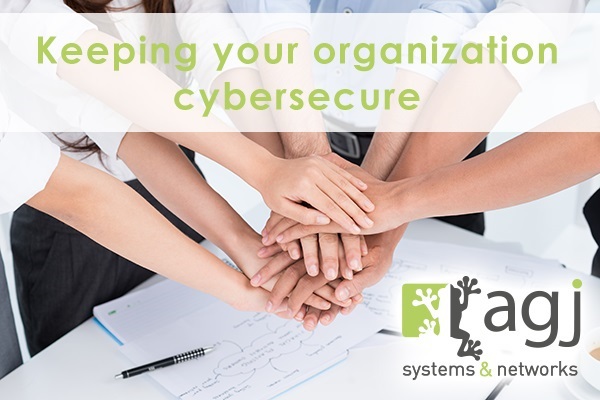Ah, spring. That magical time of year when the days get longer, the weather gets warmer, and the spring cleaning bug gets biting. Whether you are a fan of Marie Kondo or you follow the Feng Shui philosophy or you are channeling your inner Sheldon Cooper (perhaps by alphabetizing your cereal), don’t overlook your information security hygiene during your spring cleaning activities. Scheduling in a digital tech spring cleaning every year is a great strategy for keeping your IT and data clean and free from productivity pitfalls and cyber vulnerabilities. We present your information security spring cleaning road map.
Update Passwords – and Make Them Strong
Cybersecurity and IT management specialists actually recommend that you change your passwords way more frequently than on a yearly basis for optimal network security (ideally every 60–90 days). However, taking an annual approach to ensuring you are following password management best practices is a valuable exercise. Here are some of those best practices:
- Use a unique password for each account – don’t be like the 75% of people who use the same password for multiple accounts
- Embrace multifactor authentication – an authentication method that requires users to provide at least 2 pieces of verification
- Use a password manager to keep your passwords safe – a piece of paper where you jot down passwords that lives next to your computer is not a password manager
And please, for the love of Pete, don’t make your password 123456. Or 111111. Or qwerty. And keep your pet’s name out of it. Ideally, passwords are more than 8 characters and include a combination of upper and lower case letters, characters, numbers and symbols.
Clean Your Inbox
Inboxes can be downright daunting. But we’ve got inbox management down to a science, and we’re happy to share our methodology:
- Start off by getting your mass deletes out of the way (social media account notifications, newsletters, event reminders)
- Create (or update) folders and subfolders and get to archiving your must-keep emails
- For those remaining emails that require action, if the action takes less than 2 minutes, just get ‘er done
- For those remaining emails that require more involved action, add them to your to-do list
- Set up filters and rules to help better streamline future incoming emails
- Sit back and admire your well-organized inbox
While you’re at it, clear out your downloads folder.
Out With the Old
A critical part of any spring clean is a good old-fashioned purge. Your digital spring clean is no exception.
Close accounts you are no longer using
Old accounts that are no longer in use are a significant vulnerability point. It’s not enough to simply delete the app, you’ll want to ensure you are fully deleting your profile. Consumer Reports shares details on how to shut down several popular accounts, ranging from social media to money management tools to blogging platforms. See ya, MySpace, thanks for the memories.
Ditch stale applications
Likewise, digital spring cleaning is a great time to get rid of unnecessary apps on your computer and phone alike. Bloatware, adware, those apps that you just no longer have use for – get rid of them all and you’ll be rewarded with a faster and better-functioning system.
Shred old documents
Do you really need to keep that C+ paper on ferrets from grade school? No, no you don’t. Scan those documents that can be stored digitally, and then get to shredding any documents that are not required to be kept intact in hard copy format.
Dispose of old electronic equipment
What old and obsolete electronics do you have kicking around? Now is the time to wipe them clean and then properly dispose of them by dropping them off at an electronic recycling depot. Pagers aren’t coming back. Trust us on this. It’s time to part ways.
For Optimum Information Security, Review Backup Procedures
A good tech spring clean should include a review of your backup routines. Is everything that should be getting backed up on a regular basis getting backed up? Are backups being completed successfully? Are you able to fully restore from your backups? Are your storage needs sufficient? Don’t wait until your backup fails to realize that there is a problem, one that could have been avoided.
Spruce up Your Information Security Best Practices
This is a biggie. Take the time to review your secure IT policies and protocols. The cybersecurity landscape is evolving so rapidly that something that may have sufficed a year ago may no longer be up to par. Make sure that a review of your emergency response plan, as well as your security training processes, are included as part of this step. Involving your managed services provider (MSP) in this audit and leveraging their cybersecurity expertise will ensure your organization is as cybersecure as possible.
Your Spring Cleaning Partner
AGJ Systems & Networks is the Gulf Coast’s go-to IT service and support provider. AGJ offers a number of IT solutions that can help you cyber clean your organization, including remote IT Management, backup and disaster recovery, IT compliance and assessments and more. We help businesses grow. Contact us today to find out how we can help.


